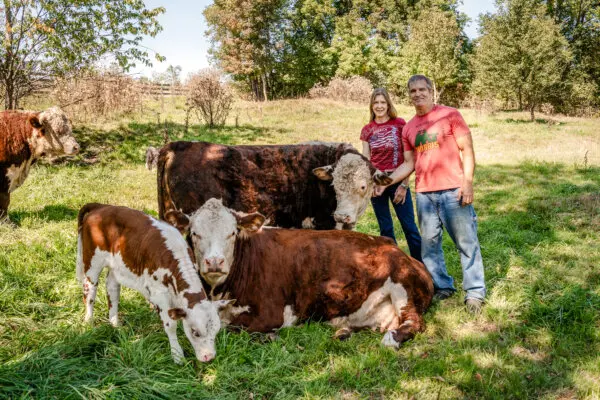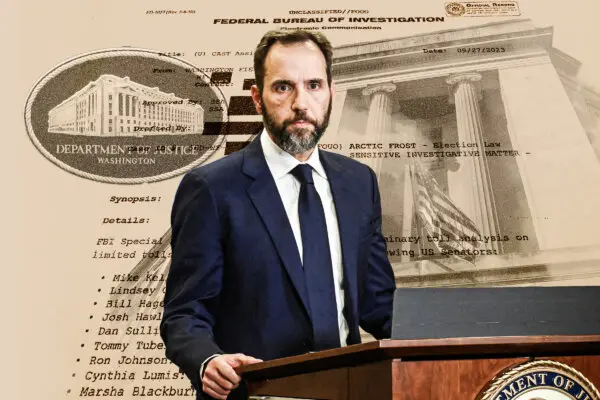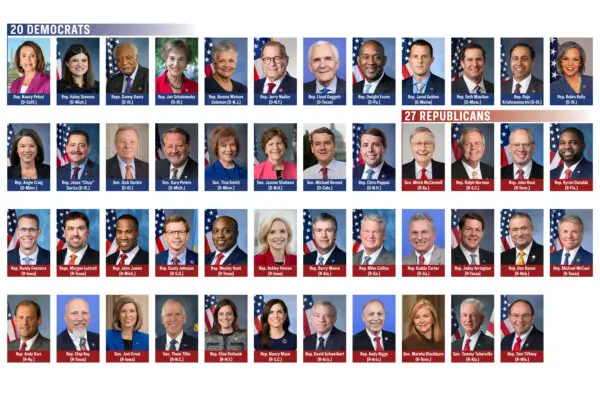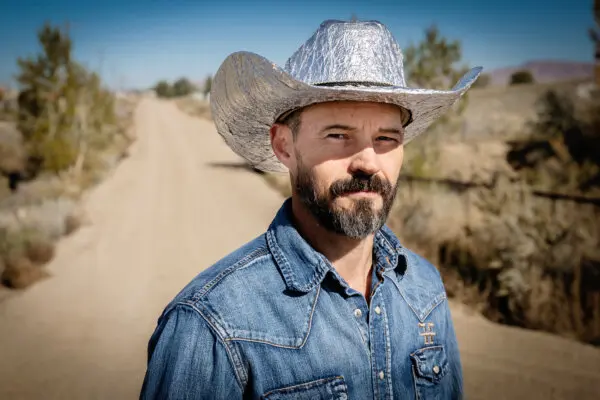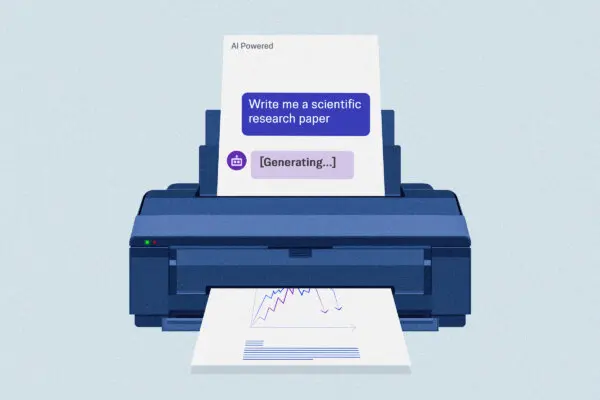While Congress stagnates, America’s statehouses are drafting and passing policies affecting millions. Now more than ever, those legislative bodies operate without input from an opposition party or dissenting governor.
As of Oct. 21, there are 23 Republican trifectas, 17 Democratic trifectas, and 10 divided governments in which neither party holds trifecta control, according to Ballotpedia. A party with trifecta control holds the state governorship and a majority in the state house and senate.


